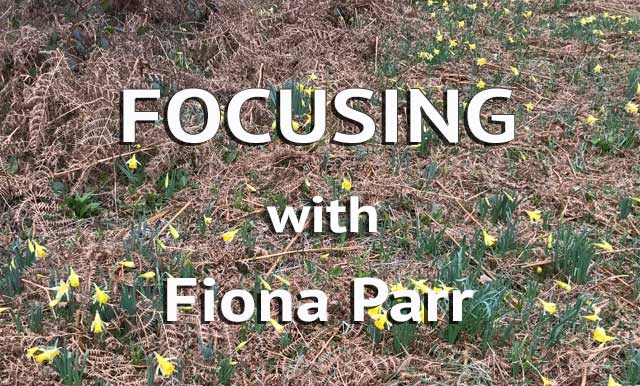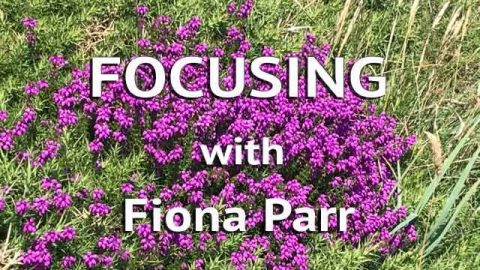Focusing Tip No. 116.
Dealing with anger
Like many of us, when I am being with my anger, I find it very hard to get any kind of distance.
Mostly I am merged with it, and I can feel how I am experiencing it in my body. I might be getting a tight feeling in my shoulders or in my stomach area.
If you have overwhelming feelings of anger or rage, I suggest that you concentrate on ‘giving it lots of space’.
By that I mean that you take time for yourself to really listen to it and acknowledge the intensity of feeling. This does not mean that you ‘let rip’ in the heat of the moment, but rather that you make an opportunity away from the situation, where you can allow the feelings out safely.
Like tears, I feel that anger needs to have its expression, and only later can we begin to settle down with it, from a place of compassion and friendliness.
Then you can empathise with the feeling, and you can say to it no wonder it feels that way, given the situation. Who wouldn’t have that kind of response?
You are validating it, which helps to counteract any feelings of criticism, self-blame and shame. Make a welcome space for your anger. Often we feel we shouldn’t be feeling this way. It may bring feelings of criticism and shame.
When the feelings have been given their expression, and the emotions have subsided somewhat, you can begin to sense more there, in your body.
When you Focus with it, you can expand the frame of reference by sensing for the whole quality feel of the situation, and how you are responding to it. You may get more background information, or memories may come up that connect up to something more; perhaps similar situations where you felt powerless, for instance.
As you continue to stay with it, you can acknowledge this angry part of you, and that it didn’t want that situation to happen like it did.
Help it to feel heard and validated. You might find an action step emerges; a different way of doing things may come to you. This can bring positive change into your life in practical ways.
I also want to say here that body responses to feelings are not the same as felt senses.
Gene Gendlin says:
‘Feelings and emotions are parts in a situation. For example, anger comes in a certain slot in a story and carries it forward in a partial way. We are taught to count to ten when angry because the anger is not a sense of the whole situation. If we do what the anger implies we may later be sorry. That is because the anger does not carry forward the whole situation. Therefore the further actions the anger implies do not meet it all. Ordinary feelings and the actions they further imply carry forward only part of the situational whole.
‘We can see the difference when people move from a feeling to the felt sense. The feeling is made from (and understandable from) the known, formed story detail. But in the felt sense the implicit situation is a much larger whole.
‘The implicit situation as a felt sense is a single mesh from which endless detail can be differentiated: what happened to us, what someone did, why that troubled us or made us glad, what was just then also going on and made this especially good or bad, what we now need to do about it, and with whom, why that is difficult, what usually happened in the past with others, how we feel about that, and how we feel about feeling that way about it, what we sense others thinking, why it’s wrong and why it’s right, on and on.
‘Yet the felt sense from which all this can come is single, sensed as that bodily quality, there.
This is from The Client’s Client. http://previous.focusing.org/
Read more articles and focusing tips on my website
Warm wishes
Fiona















